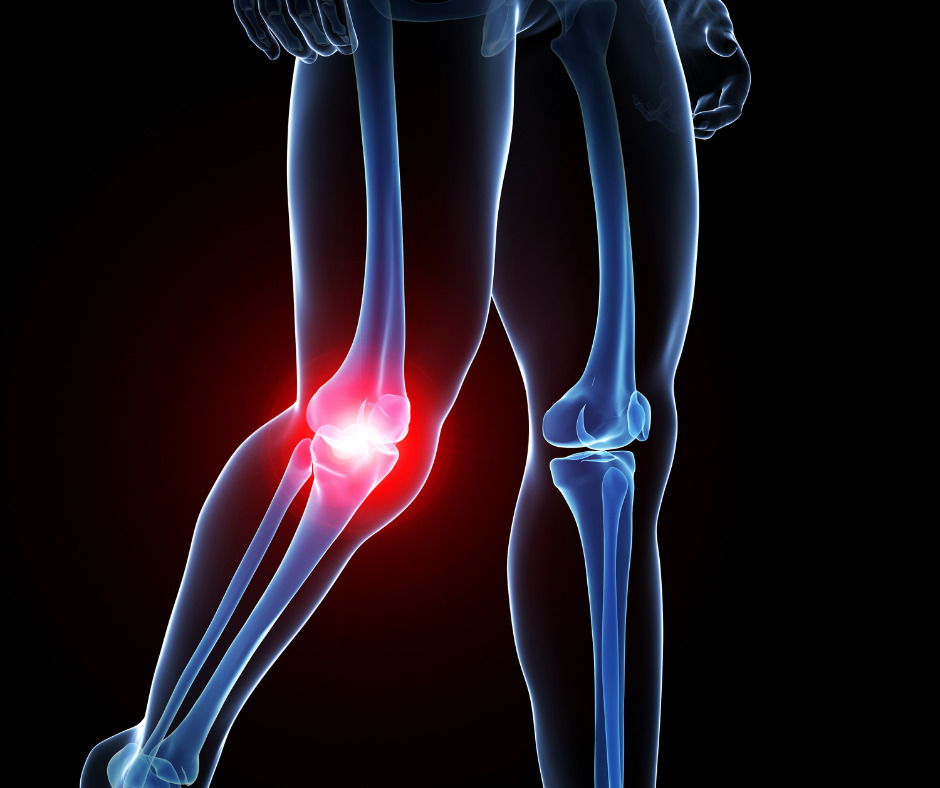The medical term for your kneecap is patella. Patella tracking disorder can also be referred to as Patellofemoral pain syndrome (PFPS), anterior knee pain or maltracking. It is one of the most common causes of knee pain. The kneecap is a separate bone that’s attached to your thigh bone (femur) at the top and your big shin bone (tibia) by powerful tendons and ligaments. It is a type of bone that forms within a tendon to give a mechanical advantage to the knee. When it’s working properly, the kneecap glides in a groove that’s near the end of your thighbone called the trochlear groove.
Symptoms can include pain, swelling when squatting, jumping, running or just walking; a grinding or catching feeling when you bend or a feeling that your knee is giving out under you. Pain varies depending on the severity of the disorder. Patellar tracking disorder is more common in women and can affect older people because of the arthritis in the knee joint.
Injuries from sports, overuse, or trauma can cause the patella to move slightly off and not track properly. In most cases, the kneecap shifts to the outside of the leg, but it can also move towards the inside. Patellar tracking disorder comes from the high stress on the knee especially in sports, muscle weakness, or structural abnormalities. Diagnosis can be difficult because it is part of a wide range of conditions with similar symptoms.
So let’s talk about where to start! Stretching and strengthening exercises, knee braces and proper footwear or insoles to assist with alignment.
As a bracing specialist, I highly recommend you come in and be educated on how braces can help. Try them on and you will be able to feel the effect they will have. There are various braces that help, some more aggressive than others. Just because one works for your friend does not mean it will work for you. All braces fit and act a little differently. As experts, we want to make sure the brace you buy is the right brace for you to get you moving pain-free as quickly as possible.
Submitted by Jen Estabrooks, Brace Specialist, Soles in Motion



